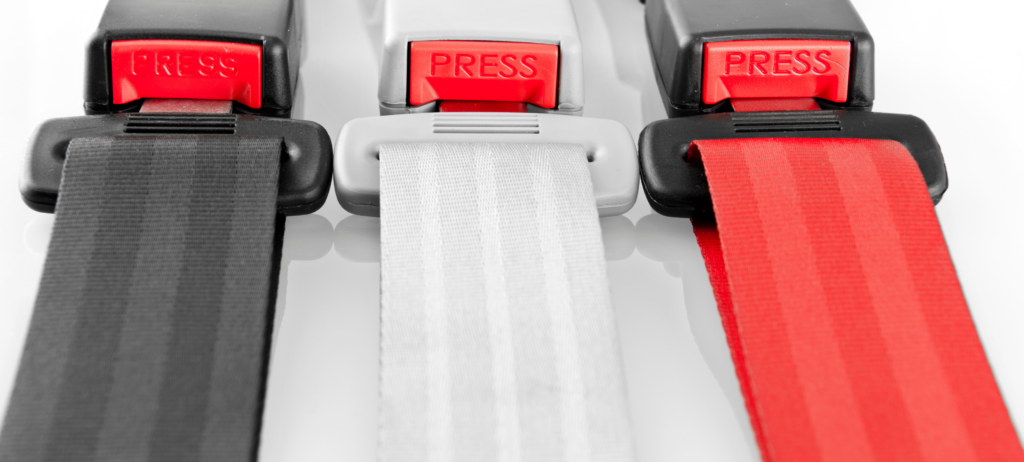RENEWAL KNOWLEDGESustainable Innovations
March 18, 2021
Types of Polyester Fabric: Their Feature and Uses
Polyester is a synthetic fiber containing petroleum, coal, air and water that was developed in 1941. Of the most common types of polyester fabric, PET (polyethylene terephthalate) is the most ubiquitous. PET is strong, dries quickly, is impervious to wrinkles and mildew, doesn’t shrink, and is able to change the nature of other fabrics with which it is used.
The second most used polyester variation, PCDT (poly-1, 4-cyclohexylene-dimethylene terephthalate), is more elastic, offers greater resilience, and is ideal for heavier textiles like curtains and furniture coverings. These synthetic polyesters are not biodegradable but can be recycled, which increases production efficiency and reduces the materials’ carbon footprint. By contrast, some lesser used polyester variations that contain naturally occurring chemicals—the cutin of plant cuticles, for instance—can be biodegradable.

Polyester yarns
Manufacturers create three different types of yarn from polyester, and these yarns are used in everything from clothing to industrial materials to disposable water bottles, and more. The three yarns are monofilament, multifilament, and spun.

Monofilament polyester yarns consist of a single, untwisted strand of polyester and are commonly used to manufacture equipment for industrial uses such as conveyor belts, sieves and filters.
Multifilaments are twisted monofilaments that produce a more flexible yarn with equivalent linear density and tenacity. By adding a twist to the monofilaments, polyester manufacturers enhance the strand’s structural integrity. Multifilament yarns are commonly used for seat belts, industrial sewing threads, industrial webbing, flat or round slings and tie downs, ropes and hose and tire reinforcement.

Spun polyester yarns refer to the process of blending polyester filaments with other fibers to create yarns that range from dull to bright with various tenacity. Polyester can be blended with both natural and synthetic fibers to to produce fabrics with blended properties.
Cotton-polyester blends are wrinkle, tear, and shrink resistant and can be remarkably strong. Synthetic-polyester blends have exceptional water and wind resistance and are ideal for outerwear.

To share your thoughts on polyester yarns and fabrics or to learn more about SAYA fiber, please contact us at change@sayarenew.com
Follow SAYA